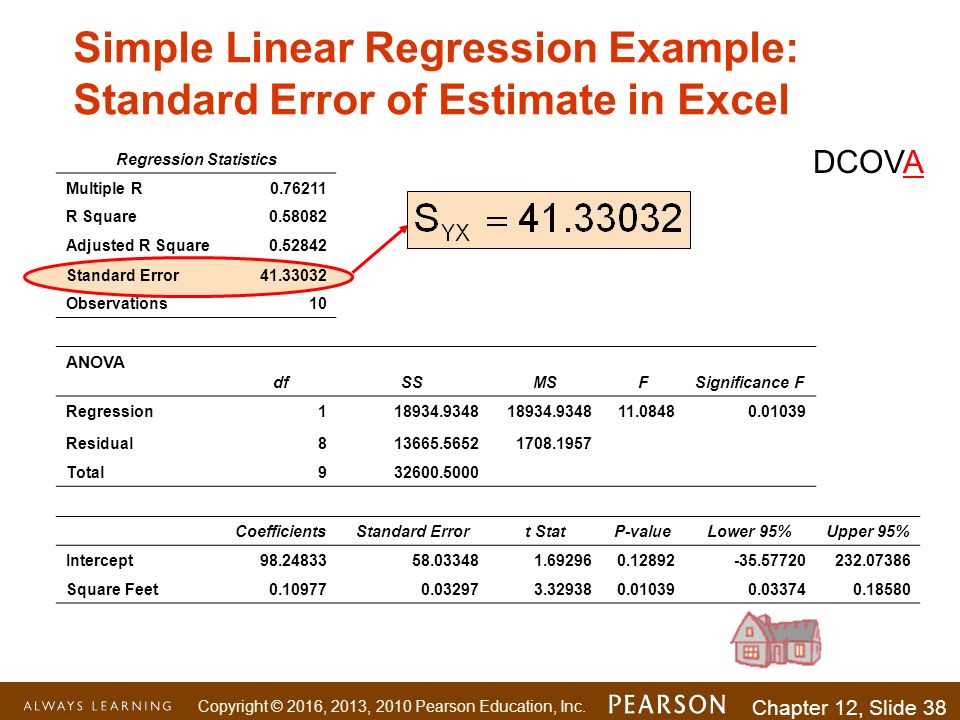

Finally, apply the formatting to the other columns by highlighting the cells containing the upper and lower error bounds, and dragging the blue square on the bottom right of the box across the rest of your data columns. You will get a scatter plot in your worksheet. Go to Insert tab > Charts group > Scatter Plot. To create a linear regression graph, follow these steps: Select the two variable columns of your data, including the headers. In this example, I subtracted the standard error (cell c4) from the average (cell C2).įind the upper and lower error bound for every time series in your data. You can quickly visualize the relationship between the two variables by creating a graph. Similarly, subtract the error from the average to find the lower bound. So in our example, I added the average (cell C2) and the standard error (cell c4). The add-in reports robust standard errors, t-statistics, and p-values.

Y against X Excel has different ways of doing linear regression: (a) using. The OLSRegression Add-In is similar to Excels DataAnalysis:Regression tool. To find the upper bound of an error band, simply add the error to the average. And so if you start typing S-T-E-Y-X, then Excel prompts you for the syntax, which is the known ys, which is what you want to predict, and the known Xs, which you want to use to make the. Value Next i Avg Avg / n calculate the standard deviation STDEVHP 0. STEP 2: FIND THE UPPER AND LOWER BOUNDS OF EACH ERROR BAND In the example above, I use standard error but you could also use a confidence interval, standard deviation, variance, or any other measurement of uncertainty.īelow the rows containing the averages and standard deviations, we will add additional rows for the upper and lower bound of each error band. The rows should contain the averages and uncertainty measurements associated with each condition and the columns should contain measurements over time.


 0 kommentar(er)
0 kommentar(er)
